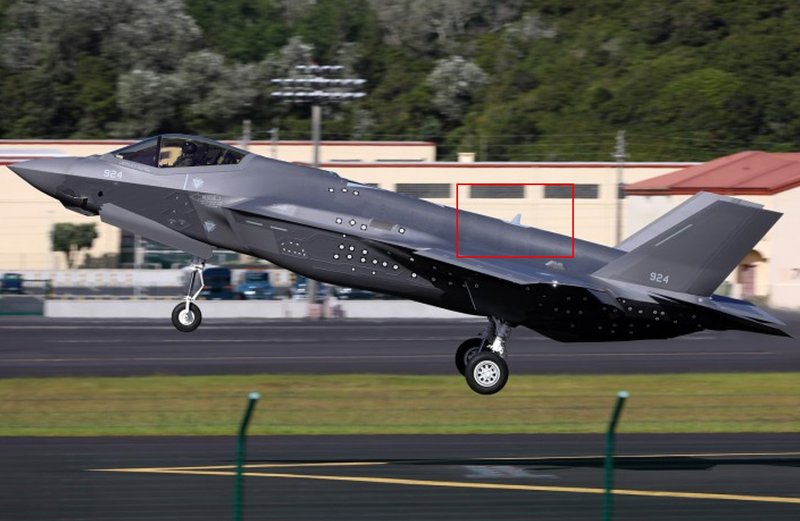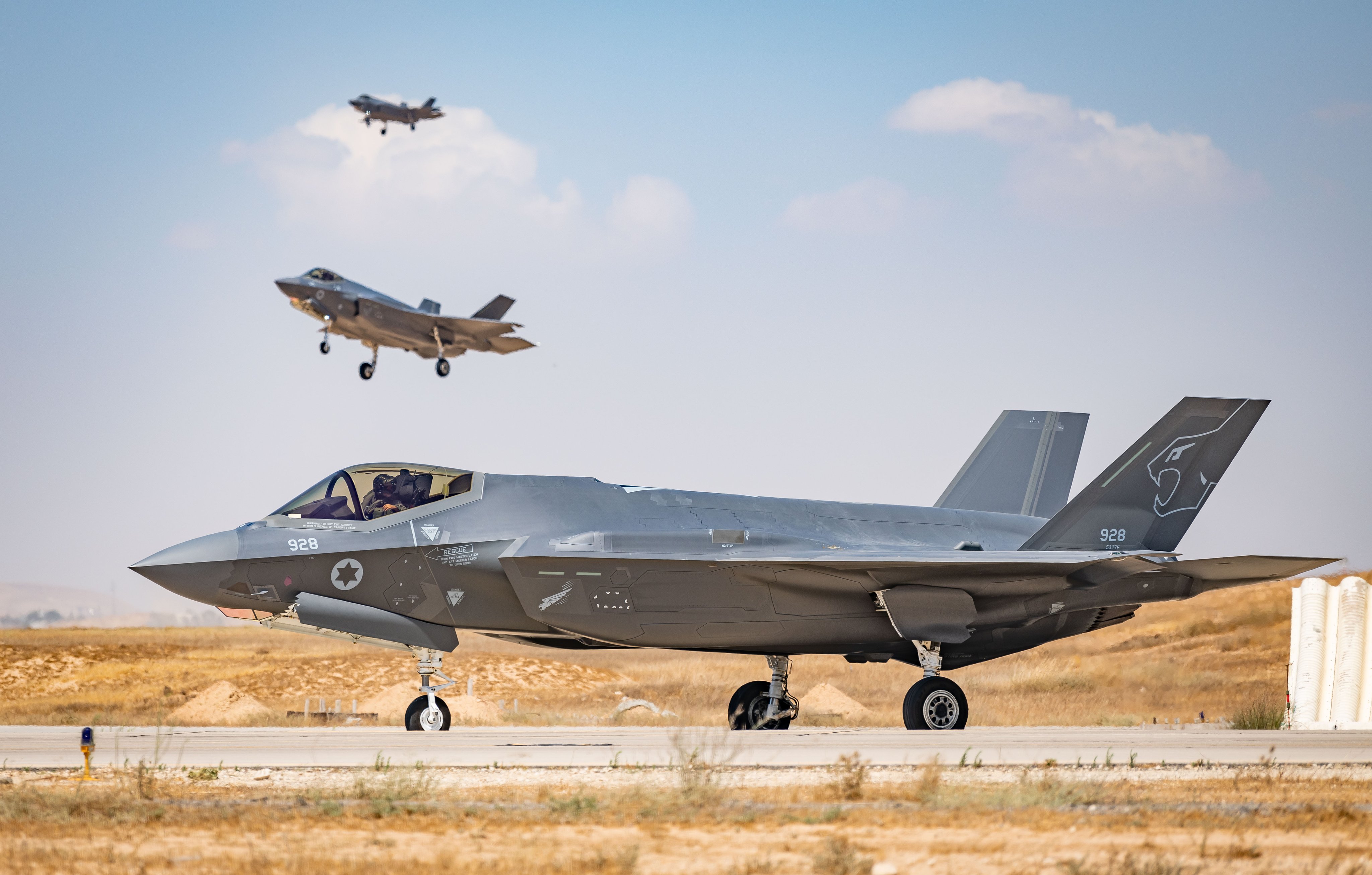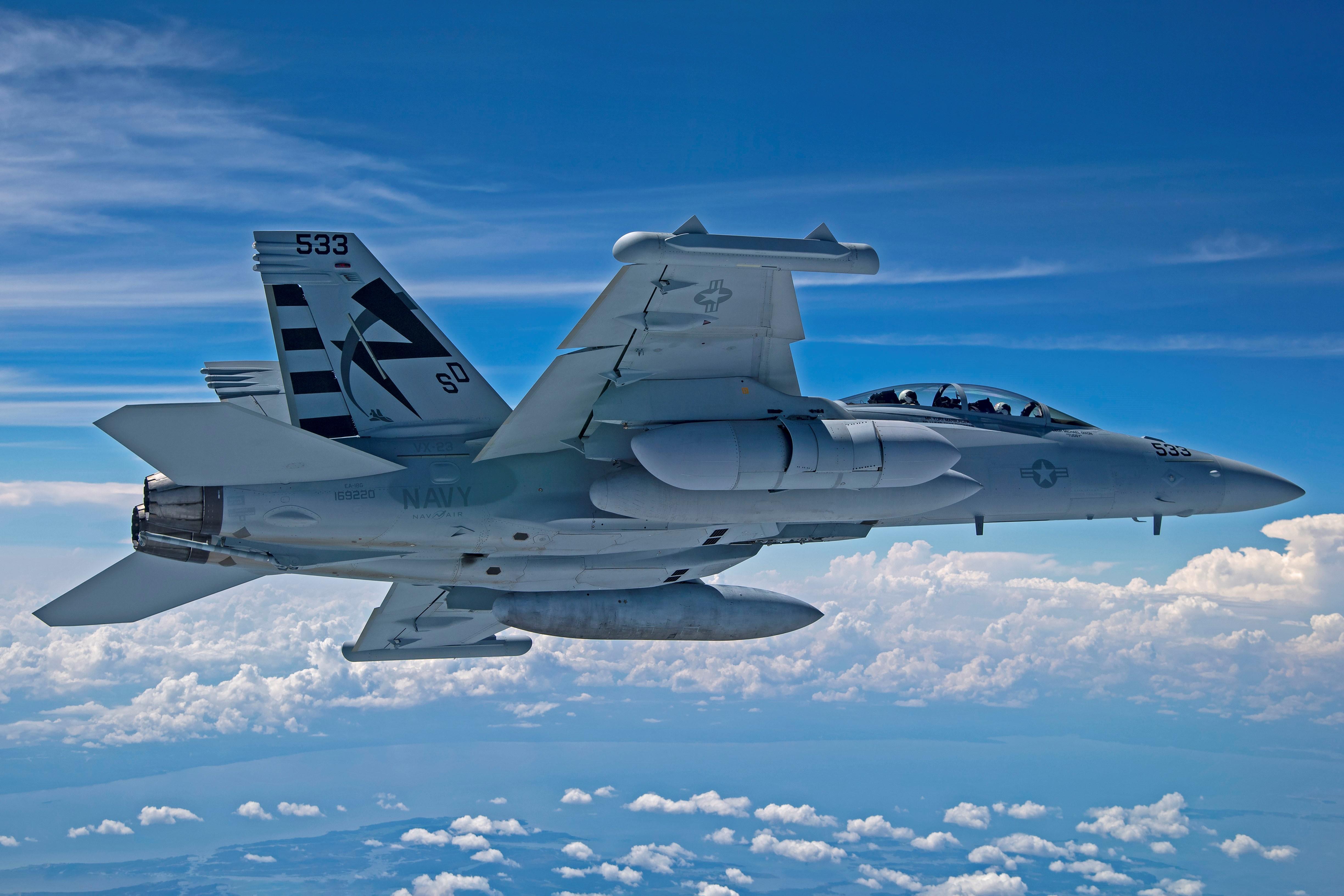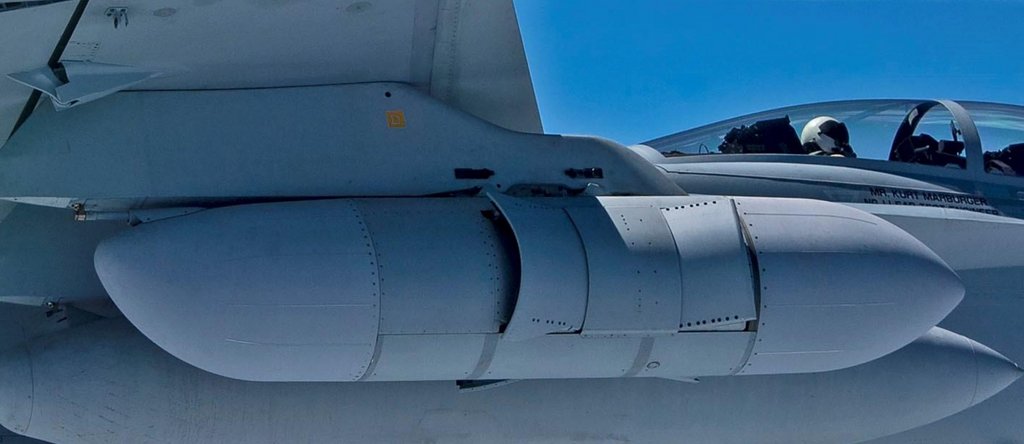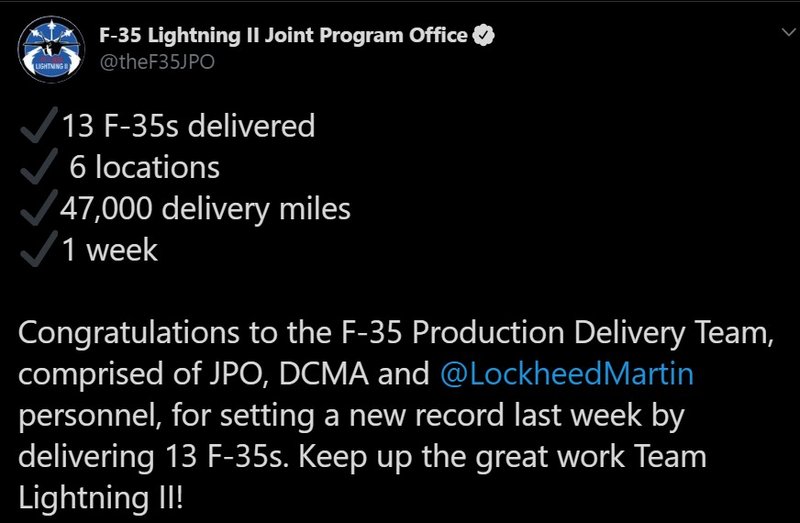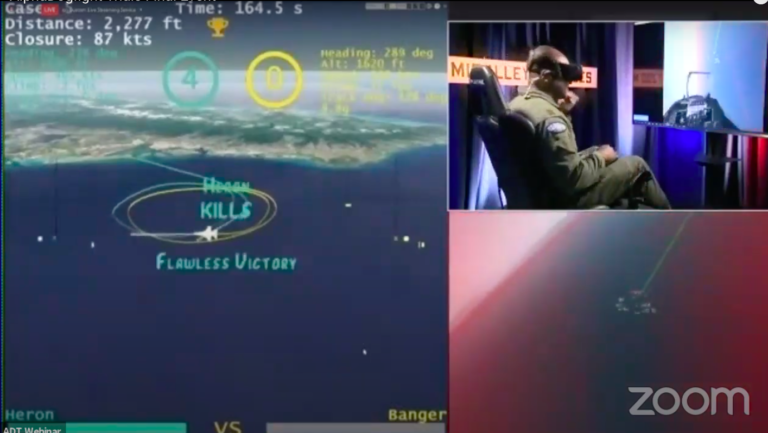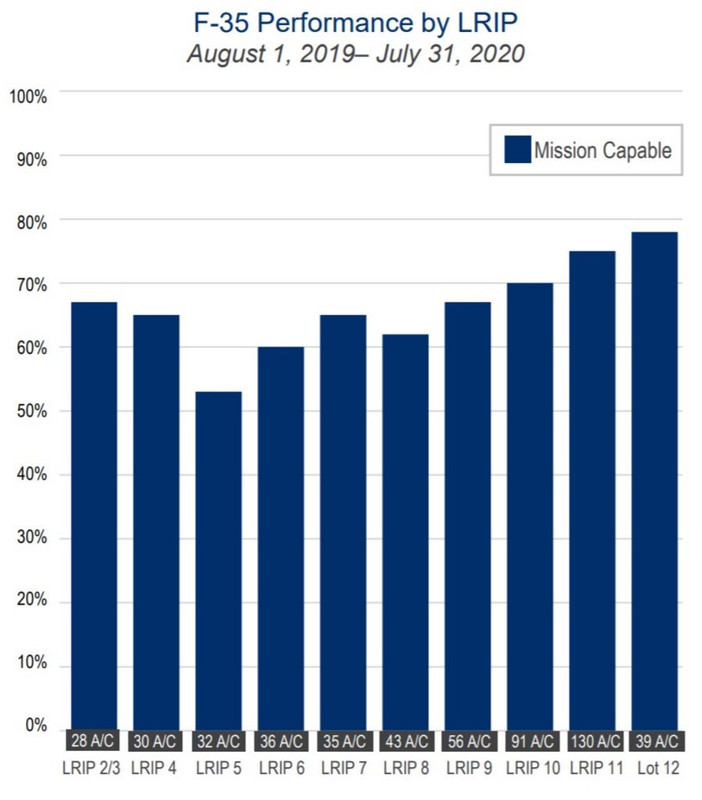Sumeet wrote:
Brar 6th gen was a typo as I mentioned in reply to Rakesh.
Also, I mentioned equivalence with F-35 in terms of Sensors, Data fusion and NCW (I missed this in my original post) definitely not stealth or VLO shaping.
I totally agree with you that capacity of growth of engine's electric output & cooling F-35 is radically different from Rafale and even F-22. Hence more powerful and rich in terms of capability avionics and sensors can be easily fitted to F-35. In its overall lifetime it will be much superior to what can ever be fitted into Rafale. And for this same reason MWF if well planned can out do Rafale as well by significant margin...
Thanks for the run down on F3R and F4 and what may happen in the F5. The rafale will get healthy upgrades in the near to mid term but the question is out whether it will get the same level of investments when the financial pressures for SCAF R&D kick up to their highest level. How much of Rafale tech (AESA, sensors, EW suite) has flowed back into French M2K's? (I don't know but this is worth looking into). Given very low production volumes, and no program partner it will rely solely on French funding for growth (Dassault is a fairly small A&D company and with international sale prospects not really looking that good, they aren't likely to pour a ton of money in product development with government support especially so given their financial risk on the SCAF). Unless the IAF maintains a force of 70-80 Rafale's, I don't see it or the MOD stepping up and investing a ton of money into a parallel baseline where they take over some of the development and upgrade work. I suspect much of it will have to rely on initial seed investments and support from the French MOD and Dassault.
So I see the gap not narrowing but
growing when it comes to its avionics capability (quality+quantity) compared to the F-35. As I wrote earlier, the F-35 is architectured for significant growth. The power availability isn't a small hill to climb. It generates 60% more power than a twin engine heavy strike fighter (F-15). This is a resaon it can get away carrying a larger radar than the Rafale (by module count) and heaps of other equipment and flight control systems that use electric power. There will be electric and thermal efficiency gains in future systems and sub-systems but the availability of power allows them to get better performance out of them while "banking" the gains via efficiency for other applications. So the possibilities are endless as the baseline platform can accept a lot of growth before tapping out. And knowing that it may begin to tap out sometime in the future, movement has already started on an path to get adaptive engine technology into it which would increase performance and put them on a path towards thermal management system growth. This could be a precursor to getting a DEW on the aircraft as well down the road.
Let us see what the F-35 has/does today, or is otherwise capable of doing today (validated through high fidelity simulations or real-world component testing) within the scope of its sensors, fusion and computing (pending software development like modes etc) –
• It generates about 60% more electric power for its sub-systems than an F-15. Or about 25% more than even the 5th Gen. F-22A. It doesn’t need to be re-architectured to get there.
It does so at baseline. That’s more power for mission systems, electrical components, thermal management, etc etc etc. As the advanced propulsion concepts under study continue to be defined, it will only get better in that regard.
• It has an AESA that is roughly 50% larger than that of the Rafale as measured by T/R count. That is quite a fair bit of performance advantage especially given that the AESA on the F-35 is an MFA at baseline i.e. at the current state it is expected to perform multiple core missions. From sensing, to electronic attack.
• Its current EODAS sensors have been shown to detect, categorize and locate even RAM type of fire events. This in real world sensor testing. Similarly, the US Missile-Defense-Agency has used the very same sensors in real world testing and has verified that the sensors can confirm missile launch, and place a Ballistic Missile in a
3-dimensional track with enough fidelity to supply targeting information for the AEGIS combat system.
• F-35A has a functional LPI/LPD, always working, high bandwdth data-link that allows aircraft in a four ship, for example to collaborate on executing a target. It isn’t relying on a low frequency legacy data-link to exchange information far and wide. When penetrating defended air-space, it is using a secure, directional, high frequency data link that can handle exchange of raw data as opposed to just sharing a common operating picture like L-16 enables at default (unless one upgrades to the higher frequency versions like the S band US Navy “big pipe” but even that is not directional and not LPI/LPD)
Here’s what is coming on the Block-4 starting Lot 14/15 –
• The AN/AAQ-37 EODAS sensors are getting replaced. The new ones, made by Raytheon, are expected to offer 2x improvement in performance and consume lower power which means lower thermal footprint as well.
• The F-35 is getting a new mission computer which is expected to be the fastest on any fighter surpassing that of the F-15 E and EX’s ADCPII which is currently the fastest.
• New EW bands are coming on board, as well existing bands are being upgraded
• Two new EOTS drop ins. Both multi-spectral. One option is to add a SWIR channel to the existing MWIR sensor, and another to add a LWIR channel. Both options available and marketed by LM to new customers or those looking to upgrade. The EOTS is embedded and flush mounted. It need not occupy a hardpoint though I suspect block 4/5 will see the F-35 become capable of external recce payloads , particularly some of the more sensitive ones.
• The already impressive all touch cockpit of the F-35 is getting an upgrade. Full LED implementation.
• The Gen. 3 helmet is already available and will probably continue to see weight reduction, and performance improvements in block 4 and beyond
• Hardware and software upgrades to the AESA radar focused on performance improvements, survivability and to inject more modern systems into it
• Multi-ship IRST is coming on board (there is talk of this already having started) – This allows the fusion-engine to divvy up a given airspace and allow networked F-35’s to efficienctly scan airspace for threats (passively) and autonomously checking each others geographical boundaries to verify new threats
These are just some of the improvements. Some are not going to be known for quite a while given the sensitive nature. But rest assured, block-4 is a MAJOR overhaul. It literally completely changes the innards of the F-35. From huge leaps in computing to a complete overhaul of the EO/IR sensors, and EW capability. It isn’t a tweak here and a tweak there.
So like I said, I only see the gap widening and not narrowing. And this isn't just with the Rafale..
It is with every other 4th-4.5 gen fighter be it the Block 3 (future Block 4) Super Hornet, F-15EX, Typhoon or the Gripen NG. There is a reason that France, Germany, UK, Sweden, Italy and Spain are all teaming up (on two programs) to develop something that they could begin offering to the market in the 2030's and get it into the hands of operators by the late 2030's/early 2040's. Sure there is a domestic need to field a replacement but there is an industrial and export component to this as well. With the current baseline F-35 already eating into most of their international sales, they realize that having no 5GFA is not a winning export strategy going forward. Especially when the F-35 is being offered at similar or lower cost. They realize that there are a few remaining India-like markets where the F-35 can't or won't participate and competitions restricted to advanced 4th gen aircraft only. Given open competitions, and those that are likely to open in the next 4-5 years, outside of some Middle-East customers there really isn't a chance of the F-35 not competing head on.
Sumeet wrote:My main point is Rafale is the closest we can get to 5th gen capability (in terms of Avionics, Sensors, Data fusion and NCW) and given its planned upgrade path that will put pressure on our adversaries; something we are not able to do with MKI since we lack indigenous equipment that is state of art and Russia is cash strapped unable to pursue meaningful technology enhancements for itself.
I love the Rafale. It is a great aircraft and you are absolutely correct that it was the best the MOD/IAF could get their hands on. It is/was the "most complete" aircraft out there when it was offered. But the era of trying to sell it as a "near 5th Gen" is pretty much over now and even Dassault and the French/Germans are moving ahead to SCAF realizing that this strategy has failed on multiple occasions with customers (who had a choice) choosing the F-35 over it EVERY TIME they competed. Buying a $100MM+ 4.5 Gen aircraft is a bad decision in 2020, for 99% of those out there to whom the F-35 is available (MOD/IAF obviously not being in the cohort at the time) unless there are other reasons (like industrial offsets, operational decisions,etc).
Point kept in mind for Rafale F4/F5 is that it has to operate in NCW env alongside F-35 and down the road Franco-German FCAS.
Any NATO aircraft can operate alongside the F-35 as long as the two operators have the appropriate data-link crypto key which is a bi-lateral decision (not NATO wide). The F-35 comes equipped with a fully capable bi-directional Link-16 capability. This is true for any other Link-16 compliant aircraft working with any other Link-16 compliant aircraft. However, when the F-35's operate with the F-35's they have access to the high band LPI/LPD data-links which have autonomy baked and allow for raw data sharing as opposed to more narrowly defined SA sharing via Link-16 which is used for the purposes of developing a common operating picture. And they can do this right into the high threat areas because the high bandwidth links are directional and instead of using all transmit terminals to broadcast to all available nodes they can be daisy chained so one aircraft is only communicating with one terminal (hence hard to detect and hard to jam (you literally have to be in between those transmissions). Again, this is baseline capability. Expect this to get some serious attention going forward given DARPA has taken up improving this system as one of its goals -

And they don't have to find housing for these future upgrades. They will be drop in replacement for flush mounted MADL arrays already equipped on 100% of the F-35 fleet. Also, the subtle hint at emerging LEO capability isn't a "theoretical". The USAF awarded the first contracts for Link-16 via LEO last year. If they go towards a MMW architecture of this emerging capability then you are looking at a much higher bandwidth system that is a lot more survivable to jamming and disruption. And allows an F-35's inherent LPI/LPD data-link to communicate both within the atmosphere using the MADL waveform and with the broader community via a LEO based L-16 that can be set up to be dual-band (high bandwidth MMW arrays for low latency links with fewer platforms and low frequency traditional L16 for rest of the fleet). Again, not theoretical, contracts were awarded last year. They are moving along at a nice clip -
Viasat Contracted to Deliver the World’s First Link 16-Capable Low Earth Orbit (LEO) Spacecraft
Sumeet wrote:Stand In jammers using mini UAVs -- will be used as decoys so that SAM positions become visible, perhaps saturated and/or forced to malfunction (On a side note MBDA UK is working on Spear EW system that can be an option for Rafale as well)
Active radar decoys -- self contained jammers programmed to defeat latest missile seekers
Stand in Jammers are a must have TODAY as a tool that sits atop of Stand Off Jammers. Good to see they are at least developing ones for the future if not fielding these systems today. But the entire point of stand-in jammer systems is that they can be designed with enough range and loiter in mind to not have the "user" bring them to the fight. For example, the USAF has an inventory of thousands of stand in decoys and jammers. They are capable of being launched by multiple aircraft including larger transporters and aircraft. They need not occupy a precious weapon or sensor hardpoint on an F-22 or F-35 which are better off carrying a payload more suited to their mission.
The Rafale already tows an RF decoy (at least IAF aircraft will do). The F-35 too has that capability. The US Navy has put two companies on contract to develop a new dual-band towed decoy which will naturally find its way into the F-35.
Sumeet wrote:HAMMER Block 3 -- Fusing can be programmed in flight, pilot can select delay/impact/airburst modes hence increasing weapons destructive power depending on target structure
Will the HAMMER Blk 3 allow them to strike moving targets with a GPS/INS plus IIR variant? Currently, the do not yet field a fully networked HAMMER though I suspect that may change. They also have moving target capability only on the SAL variant which is of no use for situations when you don't have the ability to put a laser on the target. The F-35 can put an autonomous IIR munition on a moving target
today and the ranges at which it will be able to do so will only increase in the short term as will the number of such weapons it can put on target (8 internally vs 2 internal that is currently possible).

Sumeet wrote:On a side note MBDA UK is working on Spear EW system that can be an option for Rafale as well
You mean the French will integrate a US engine laden, UK weapon on the Rafale?

Qui vivra verra!
I don't think they've yet to even integrate the SDB into the platform (though I could be wrong) which would have improved the exportability of the platform to NATO users (and the F16/18 replacement market in general) greatly. Also, since the Rafale has no ARM munition or weapon, an SDB with its HOJ payload would have been a good product to have on offer, as would a dedicated SEAD weapon like other contemporary fighters.
This theoretical discussion avionics capability is all well and good but do keep in mind that a lot of that capability gets impacted when you are penetrating at 1000 ft altitude. This is why VLO tech is being inserted into every next generation fighter program because it allows for you to be at that 30-40K altitude (or more) and get full coverage out of your active and passive systems. Low penetration is great if you know what your target really is. It isn't great if you are expected to fight your way through and then find and fix your target while discriminating it from countermeasures, decoys and other attempts at deception. It is therefore unwise to compartmentalize VLO design and highly capable integrated avionics and sensors. These go hand in hand as each makes the other more potent - VLO allows you to optimally employ your sensors, while the passive sensor suite allows you to remain silent, yet effective, and enhance your stealthiness.

